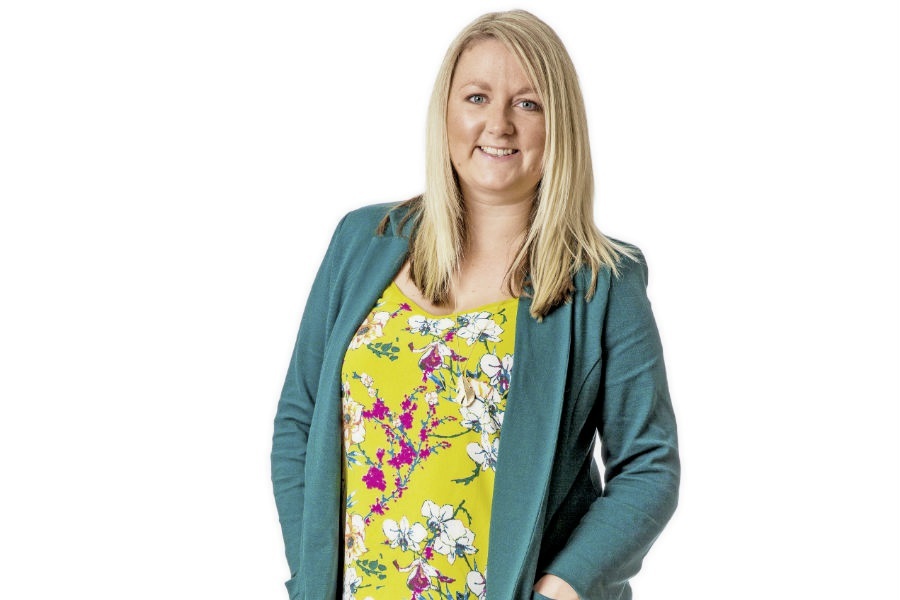EVERY now and again our government does something which deserves a pat on the back – and this is one of those weeks.
A new report published by the States Employment Board shines a light not just on the government’s gender pay gap but on gender divides throughout the organisation.
It shows that the gender pay gap – the difference in the average pay of men and women across the organisation – is much more complex than just recognising the need to treat men and women working for the same employer fairly and providing equal opportunities. And it sets a really good example of what other employers in the Island could be doing to take action on gender equality in the workplace.
Some companies in Jersey – especially those which are part of a worldwide network and are therefore required to publish such information in other places – already collect this data themselves too, but they choose not to publish it.
And collecting it is a great start, so long as it is then analysed and used to inform company policy and revisited year after year.
Many others, however, do not even give collecting such information a second thought. And the pressures of the pandemic have only served to push it further down their agenda, if it was on it at all.
But the Government of Jersey’s own report shows just how useful an exercise it can be.
Its data reveals not just the level of the pay gap – 14.2% last year – but its intricacies at different levels.
At the very top of the organisation, for example, the one woman employed in ‘tier one’ was paid on average more than the seven male senior leaders, creating a negative pay gap of -12.3%. The figures are small, of course, and therefore subject to change with just a single departure or appointment.
At tier two there are 18 male leaders and 13 female, with the men paid an average of 4.1% more according to the mean hourly average pay gap. The median hourly pay gap, however, was -4%.
The government’s pay gap narrowed marginally by 3.8% last year when compared to 2019, which is positive news, of course.
But, as Assistant Chief Minister Richard Buchanan says, closing it entirely will take a ‘significant amount of time’, and require much hard work.
Having the statistics, however, is a very good place to start. And this year the government seems to have backed that up with some very realistic policies and plans which hopefully will lead to a further improvement when the next figures come out.
It also deserves a pat on the back for actually pressing ahead with collecting and publishing the figures to start with, despite the pandemic.
In the UK the legal requirement for organisations employing more than 250 people to report was suspended amid the crisis, but – after much lobbying by campaigners – has since been reintroduced for 2021, albeit with a six-month extension for firms to provide their data.
And it would have been easy for this to be one of the projects that could have fallen by the wayside, with staff diverted to other areas and Covid-19 rolled out as the reason. But they didn’t – someone, somewhere, deserves a ‘very well done’ for keeping the project on track, which can’t have been easy at times.
Its project to encourage other employers to follow its lead and also publish their gender pay gap data or face being forced to in future, however, remains stalled, although Mr Buchanan says it will be restarted once recovery is well under way.
There is also some fascinating data in the government’s report about the make up of the civil service generally.
For example, just one woman earns above £160,000 compared to ten men, and 102 women earn above £100,000 compared to 197 men.
Women are more likely to work part-time, and many of the positions currently available on a part-time basis are for lower-paid roles.
And women and men still predominately study for certain careers or apply for or occupy certain roles and professions. According to the data, 69% of Jersey’s teachers are female, as are 83% of nurses and midwives, while men make up 61% of manual workers, 77% of prison employees and 98% of fire service employees.
Even in those departments where women dominate certain professions there remains a clear gender pay gap, suggesting that despite the gender imbalance of the workforce more men than women make it into higher-paid positions.
Although these figures apply to our public sector, they are likely to reflect trends across our community – and provide the evidence to back up what many equality campaigners have been saying for years – and therefore can be even more useful than just helping to improve the government’s own situation.
They also serve as an important reminder that gender divides still exist in our society but that there are things we can do about it.
The government says it now plans to launch a ‘total reward review’ to look at every aspect of pay including pay progression, grading, and all contractual and non-contractual pay and related policies it hopes will help it to address the gender pay gap.
The report adds: ‘It will address different types of contracts to make them open to all employees, including broadening the offers of job shares, flexible working arrangements and career breaks. The review will also look to address the pay position for the lowest-paid public-service workers.’
All of that is very good news for our public sector and those working in it, male and female and at all levels. A happy, diverse, engaged and properly rewarded public sector is also good news for the rest of us.
Finally, another word of praise for those involved in the public sector’s Inspiring Women Into Leadership ‘I WILL’ initiative.
Its continued development as a way to help tackle the gender pay gap is highlighted in the report, but it has also been credited recently with getting a number of women into apprentice positions on local boards through a partnership with the Board Apprentice scheme.
Companies and organisations in Jersey often have to parachute women in from overseas to join their boards because there is a limited source of candidates within the Island, so growing our own for the future can only be a good thing.
When I first wrote about I WILL a couple of years ago it was already making an impact despite being developed and organised off the side of desks, with very little budget.
Given that it is now being held out by the government as one of its successes and a key way to improve the gender pay gap, I’d like to hope it is getting more support and resources than previously. After all, if it has come this far off the side of desks driven by the passion of those involved, just think what they could do given some time, space and proper resources.






